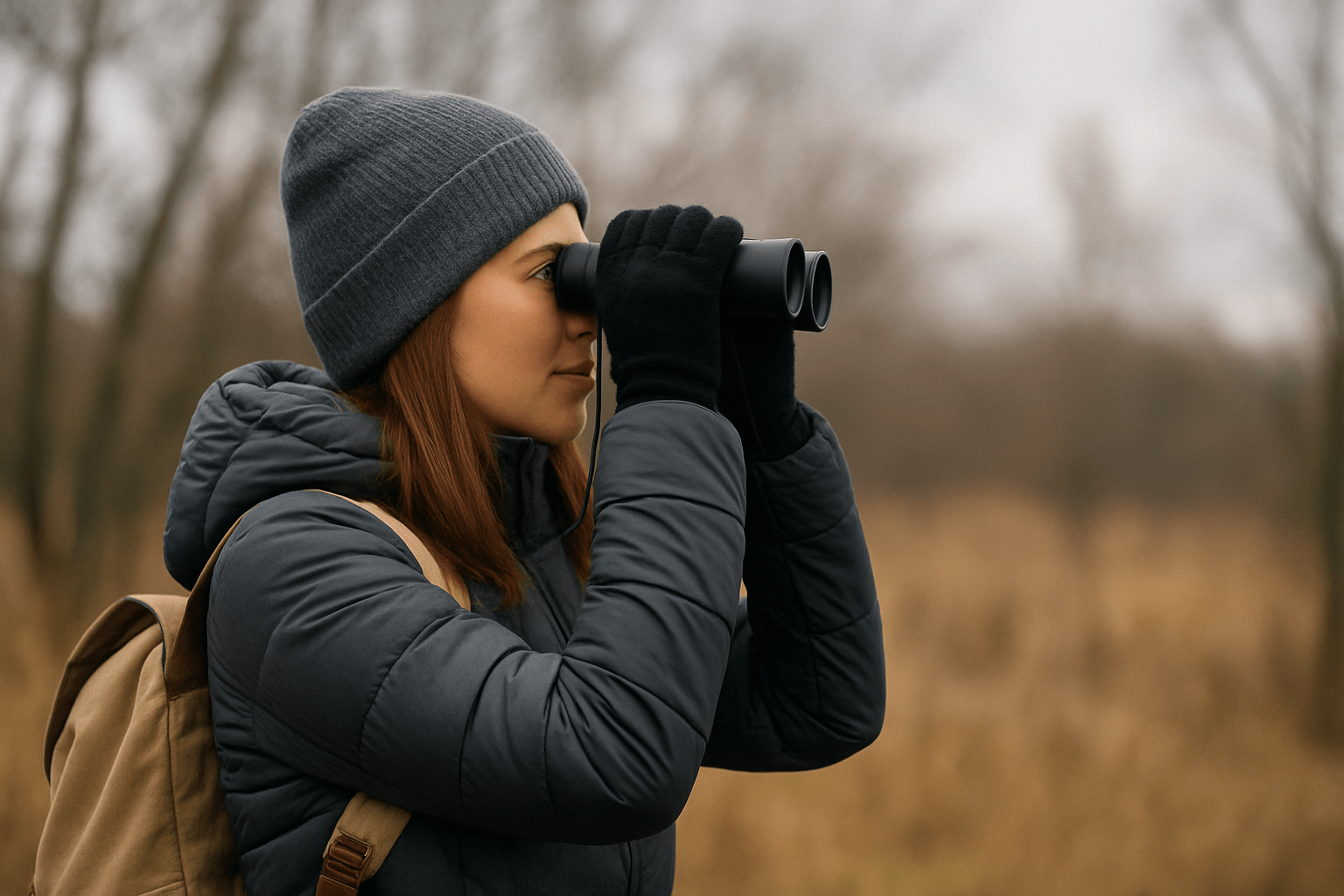Cold-Weather Bird Watching Tips: Layering for Comfort and Stealth
True bird watchers know that winter can be one of the most magical seasons in the field. While others retreat indoors, dedicated birders pull on their warm layers and head to frozen wetlands, snowy forests, and coastal headlands to witness rare species and seasonal migrations. The challenge? Staying warm and comfortable for hours in the cold while remaining quiet and blending into the environment.
With the right clothing strategy, you can enjoy crystal-clear views and crisp air without shivering or making noise that sends your subjects flying. Here’s how to layer effectively, choose the best winter birding gear, and move with the kind of stealth that gets you those unforgettable sightings.
Why Layering is Essential for Winter Birding
Layering isn’t just a hiking or mountaineering trick — it’s critical for bird watching in cold weather. Standing still for long periods means your body generates less heat, so you need clothing that traps warmth yet allows for small bursts of movement without overheating. At the same time, you want to minimize noisy fabrics that could alert sensitive species.
Start with the Right Base Layer
The base layer’s job is to keep your body dry and help maintain core warmth. Opt for moisture-wicking fabrics like merino wool or advanced synthetics that pull sweat away from the skin. In cold birding conditions, an added insulation boost can be a game changer. Many birders swear by a heated vest for the perfect combination of mobility, warmth, and silence — try the Warmweave USB Heated Vest for long days in the field without bulky layers.
Mid Layer: Your Insulation Workhorse
The mid layer traps heat while letting moisture escape. Popular options include fleece pullovers, synthetic puff jackets, or quilted vests. For birding, pick quieter fabrics that won’t rustle when you turn your head or adjust your binoculars. This is especially important when you’re in a silent forest or by calm winter water where sound carries.
Outer Layer: Shield from the Elements
Your outer shell should block wind and light precipitation while remaining breathable. A soft-shell jacket is ideal for birders, as it’s quieter than traditional hard shells and more comfortable for hours of wear. Choose earth tones or muted colors so you blend naturally into your surroundings — bright colors can spook certain species.
Warm Accessories that Make the Difference
In winter birding, extremities get cold first. A good beanie or insulated cap will help you retain heat, while a neck gaiter shields you from wind. Gloves are tricky — they need to keep you warm but allow you to adjust focus wheels and camera dials. Heated gloves can be a lifesaver for extended sessions, especially if you’re photographing your sightings.
Stealth Movement in Cold Conditions
Even the warmest gear won’t help you if the birds take off before you spot them. In cold, quiet environments:
- Move slowly and keep your profile low when approaching open spaces.
- Step on soft ground (snow, moss, or leaf litter) instead of twigs and ice.
- Keep gear close to your body to avoid swinging straps and bumping sounds.
- Use muted binocular straps or camera harnesses instead of shiny ones.
Different Environments Require Different Tactics
Cold-weather birding isn’t the same everywhere. In marshes, waterproof boots and insulated socks are essential. Along the coast, windproof outer layers matter more than bulk insulation. In mountain regions, you’ll want quick-adjust layers to adapt to changing conditions. The best gear setups are tailored to your target location and species.
Preparation is Key
Before heading out, check the weather, research recent sightings, and plan your route for optimal lighting and bird activity. Keep snacks and a hot drink in an insulated flask — not just for comfort, but also to help maintain your core temperature. Always carry a small pack for extra layers, field guides, or a spotting scope.
Final Thoughts
Winter bird watching can be one of the most rewarding outdoor experiences. With the right layers, quiet movement, and mindful preparation, you can observe species that few others get to see up close — all while staying warm and comfortable.
Ready to make your next bird watching trip warmer, quieter, and more enjoyable? Discover Warmweave’s most-loved gear designed for comfort and stealth in the wild.
Shop Warmweave’s Most Loved Gear


